The best wildflowers for bees
Bees are easily drawn to the bright colour, sweet-smell, and moreish taste of wildflowers. Whilst this may attract them initially, the main thing that matters is that they get their share of nectar to fuel their busy lifestyles. We’ve picked just a few of their favourites that you can plant in your garden to make them absolutely buzzing to be there!
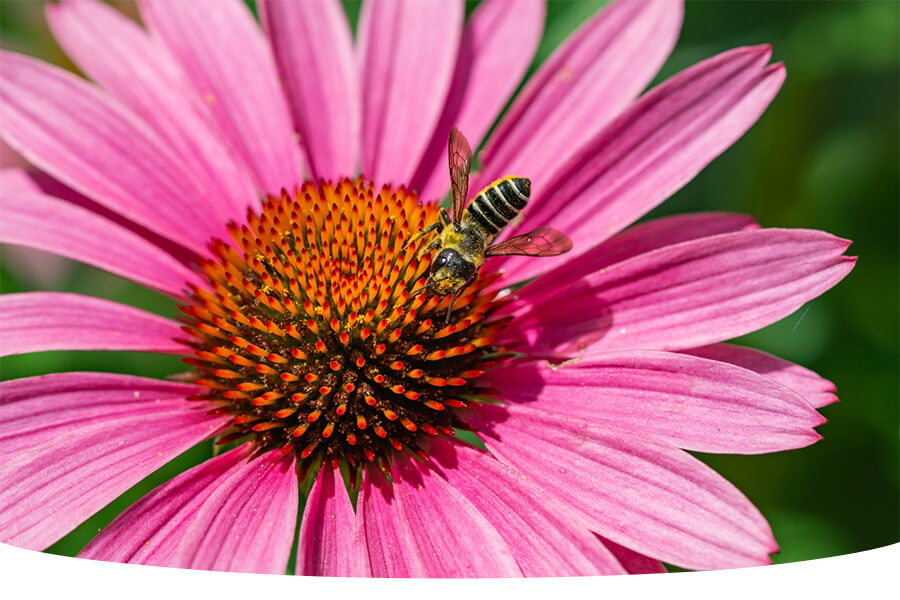
Bees love wildflowers that are colourful and sweet-smelling
There is nothing bees love more than collecting nectar and pollen from an arrangement of different wildflowers. Adding a wildflower meadow to your garden is the best way to attract more bees and encourages them to collect more nectar and pollen to help feed their colony.
As they buzz around your garden lawn area shopping for food, bees pollinate a wide range of flowers, drink nectar, and dust themselves all over with pollen. While they collect pollen and nectar, they get a much-needed boost of energy and nutrients.
Below, we have included eight easy-to-grow wildflowers that are included on the RHS Plants for Pollinators list. These flowers can also be found in our Bees Please wildflower seed mix and are perfect for feeding UK bees.
8 Best wildflowers for bees
1) Corn Marigold
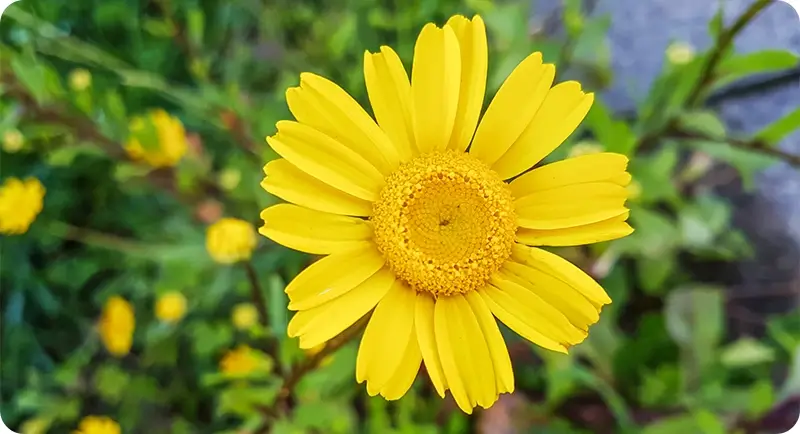
The corn marigold is an ancient flower that was regarded as a weed in the UK for a long time. But bees disagree! Corn marigold produces a massive amount of nectar and has a long blooming period – bees love this. You will also find them beautiful, and they smell amazing.
2) Shasta Daisy
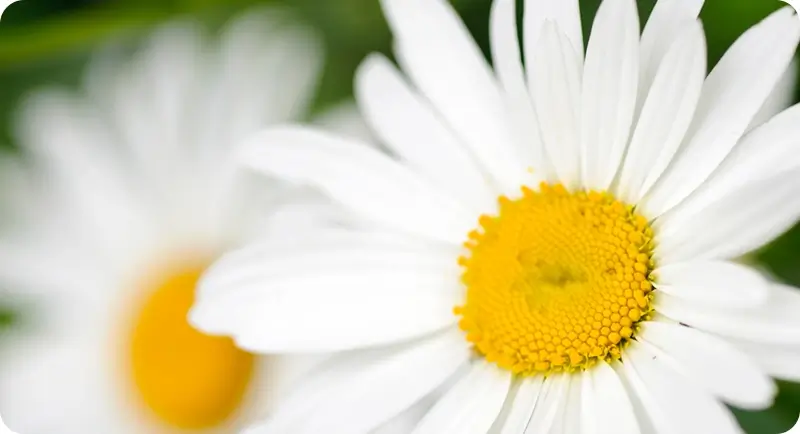
Daisies generally offer lots of pollen, but the larger Shasta daisy takes it to the next level. Bees are drawn to Shasta daisies because they are an extremely rich pollen source compared to most other species of daisies. Its large flower head and wide bright petals make it stand out amongst other wildflowers and produce far more pollen than most common garden flowers.
3) Cornflower
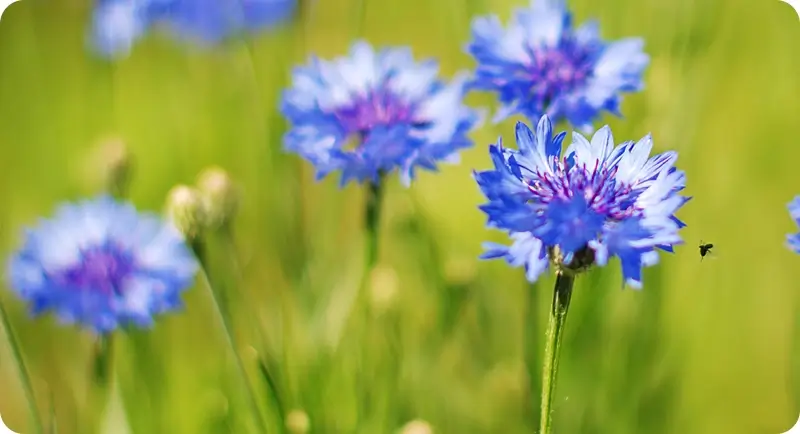
The cornflower is a beautiful and dainty flowering plant and is highly popular with bees due to its abundance of sweet nectar. These small flowers are star-like in shape and generously coat bees in pollen while they sip at the nectar.
4) Foxglove
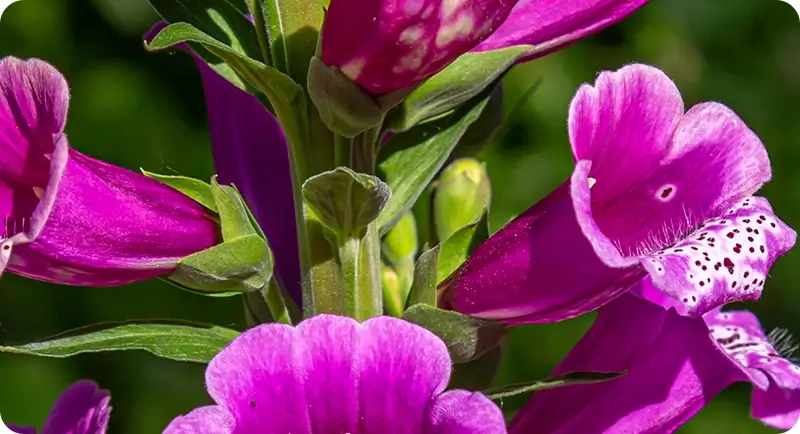
The foxglove is a very important plant as far as bees are concerned. This flower species has evolved to be especially attractive to long-tongued garden bees. Its bright-coloured flowers, sweet-smelling nectar and tunnel-shaped flowers give bees the food they want while ensuring they get covered in pollen to help pollinate other flowers.
5) Red Clover
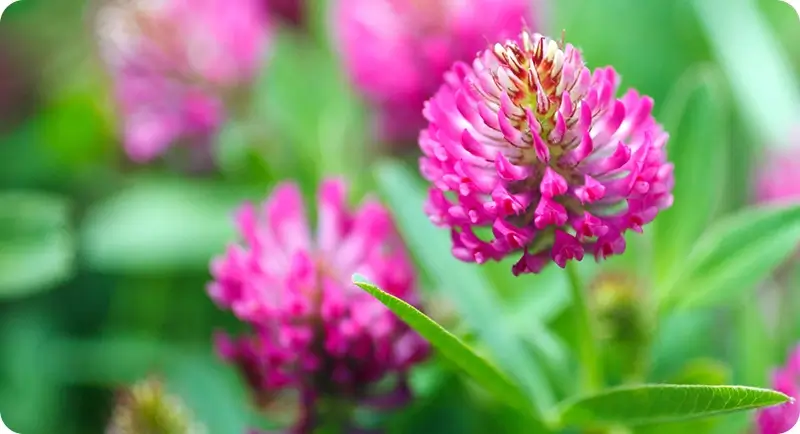
Red clover is a favourite among bumble bees. Its long, tubular flowers encourage them to poke their faces deep into the flower, covering themselves in pollen as they reach for the nectar. The flower head is also quite narrow, so most insects cannot reach the sweet nectar. For this reason, red clover is almost entirely dependent on bees to help them cross-pollinate.
6) Purple Coneflower
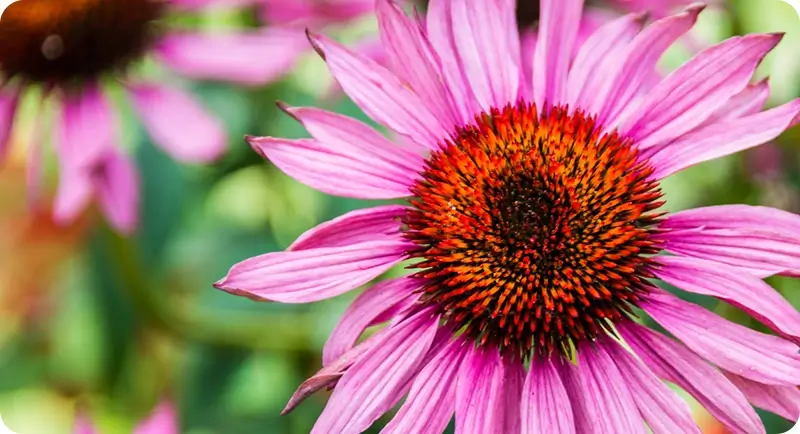
Purple coneflower is quite a unique flower for bees. Unlike many other wildflowers, this flower pumps out as much nectar during the mid-day and afternoon hours as it does first thing in the morning. This makes it one of the most useful flowers for pollinators like bees and butterflies. And it’s a superb food source even in the heat of summer. A bonus is that it’s one of the most visually striking flowers you will see in the UK.
7) Greater Knapweed

The greater knapweed is a thistle-like plant with large, bright pink-purple flowers. These bright flowers are made up of many tiny flowers that send out a scent that causes bees to beeline towards them when they’re in bloom.
8) Oxeye Sunflower
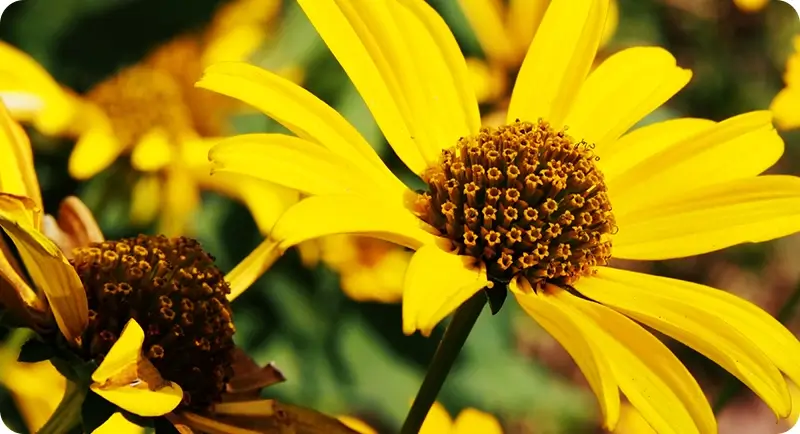
As well as providing a lot of pollen and nectar for all bees. The oxeye sunflower adds height to your garden habitat. This wildflower may resemble a daisy, but it’s much taller, can grow as high as 2 metres and loves direct sunlight. It also has a large flower head, so bees can cover themselves in pollen as they lap up the sweet nectar.
Use the best wildflowers for bees to get your garden buzzing
Bees play an important role in keeping your garden flowering and blooming vibrantly. Some flowering plants are pollinated by the wind, but most wildflowers rely on insects, and bees play a key part in this. Not so long ago, bees were not doing too well in the UK, but thanks to gardeners who have taken the time to plant wildflowers – bees are making a comeback.
A few additional things to help bees in your garden:
- Plant nectar and pollen-rich flowers (like the wildflowers mentioned above), and you will attract and support a wide range of bees and insects.
- Place Plants for Pollinators together and ensure they are in the sunniest locations of your garden.
- Use a range of annual and perennial wildflowers for all-year-round flowering.
- Never use pesticides on plants or flowers, and try to avoid using them anywhere in your garden.
- Add nesting sites for bees.
- Provide a source of fresh water in your garden to help bees stay cool in warm summer temperatures.
We have more information for further reading on bees, creating a habitat for nature and growing a lush garden lawn for everyone to enjoy:
If you have any other questions about setting up a habitat for bees, please get in touch.



